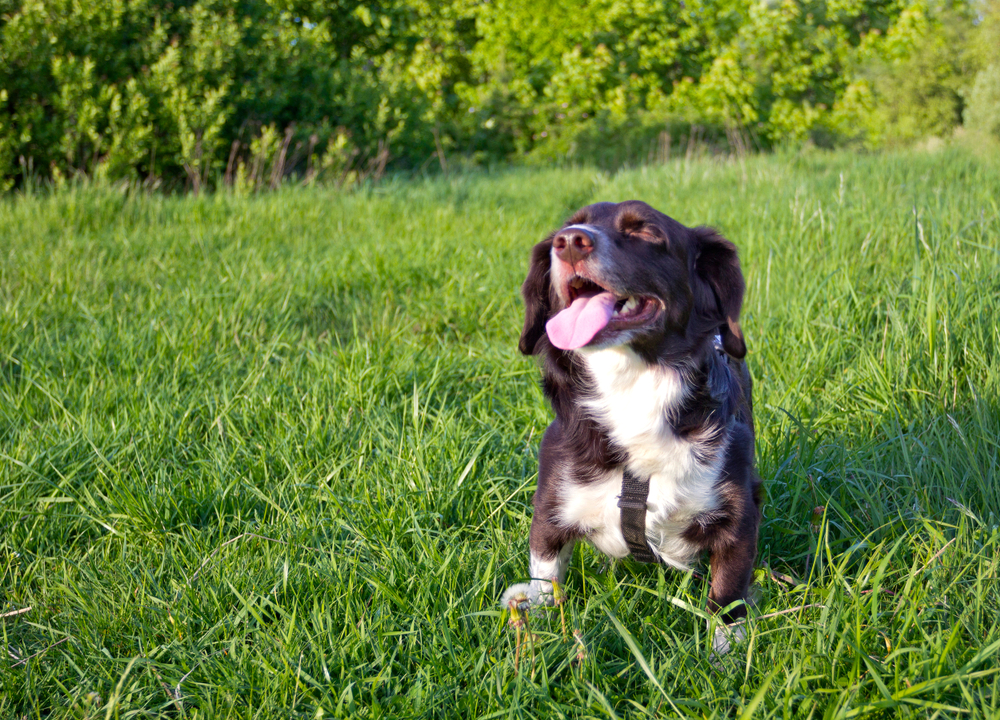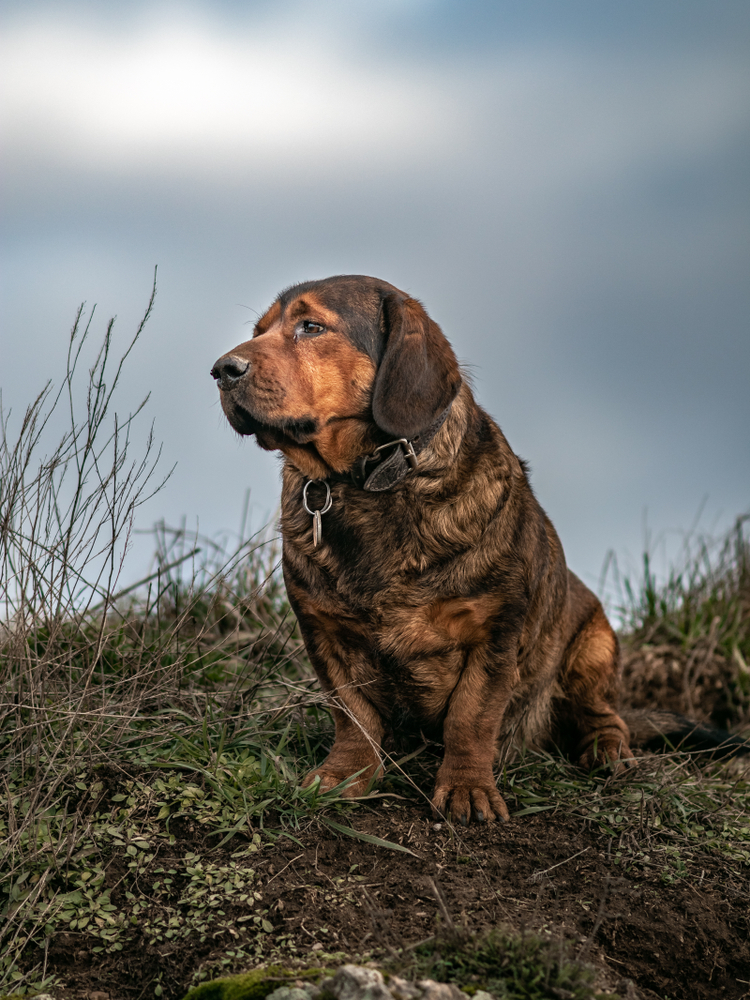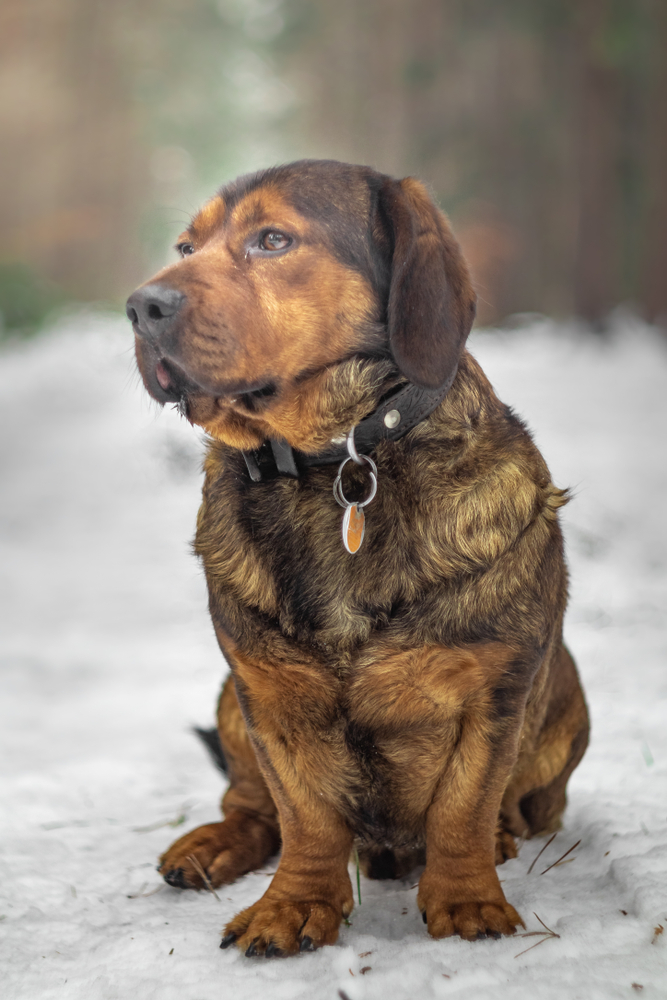Training and Obedience for Alpine Dachsbracke
Welcome to our comprehensive guide on training and obedience for the Alpine Dachsbracke, a remarkable breed known for its versatility and hunting skills. In this article, we will delve into the intricacies of raising a well-mannered and disciplined Alpine Dachsbracke companion. Whether you are a first-time owner or an experienced enthusiast, our expert tips and insights will help you build a strong bond with your furry friend while ensuring they become an obedient and well-behaved canine.

Understanding the Alpine Dachsbracke
Before we delve into training techniques, it’s essential to understand the breed’s characteristics. The Alpine Dachsbracke, originating from Austria, is a small, short-legged hound primarily bred for tracking and hunting game. Their keen sense of smell and determination make them excellent scent hounds.
1. Socialization is Key
Early socialization is crucial for an Alpine Dachsbracke puppy. Expose them to various environments, people, and other animals to help them develop into well-rounded adults. This exposure will ensure that your dog remains calm and confident in different situations, reducing the likelihood of behavioral issues later on.
2. Positive Reinforcement Training
The Alpine Dachsbracke is a highly intelligent breed, making them receptive to positive reinforcement training methods. Utilize treats, praises, and rewards to encourage desired behaviors and discourage negative ones. Stay consistent, patient, and gentle during the training process.
3. Basic Obedience Commands
Teaching basic obedience commands is fundamental in the development of a well-behaved Alpine Dachsbracke. Start with simple commands like “sit,” “stay,” “come,” and “heel.” These commands not only ensure your dog’s safety but also foster better communication between you and your pet.
4. Leash Training
As a scent hound, the Alpine Dachsbracke has an instinct to follow scents wherever they lead. Leash training is crucial to keep them from wandering off during walks. Use a sturdy, comfortable leash, and practice walking with your dog beside you to discourage pulling behavior.
5. Crate Training for Safety
Introducing crate training is beneficial for the Alpine Dachsbracke’s safety and security. Dogs naturally seek a den-like environment, and a crate can serve as their safe space. Make the crate inviting with cozy bedding and toys, and avoid using it for punishment.
6. Consistency is Key
Consistency is paramount when training an Alpine Dachsbracke. Stick to a regular schedule for feeding, walks, and training sessions. Dogs thrive on routine, and a consistent environment helps them understand boundaries and expectations.


Advanced Training for Alpine Dachsbracke
Beyond basic obedience, advanced training will further enhance your Alpine Dachsbracke’s skills and responsiveness. Here are some advanced training techniques to explore:
1. Scent Work
Leverage the Alpine Dachsbracke’s exceptional sense of smell through scent work training. Engage them in tracking exercises and games that tap into their hunting instincts. This mentally stimulating activity will keep them sharp and satisfied.
2. Agility Training
Alpine Dachsbrackes are agile and energetic dogs. Engage them in agility training to test their physical abilities and improve their coordination. Agility courses challenge your dog while fostering teamwork between you and your pet.
3. Advanced Obedience Commands
Build upon the basic obedience commands by introducing more complex instructions. Teach your Alpine Dachsbracke to “fetch,” “leave it,” and “drop it,” among others. These commands can prove invaluable in various situations.
4. Off-Leash Training
With proper training and recall commands, you can gradually introduce off-leash training. This skill allows your dog to enjoy more freedom during outdoor adventures while maintaining their responsiveness to your cues.
5. Clicker Training
Clicker training is a popular positive reinforcement method. The distinct sound of the clicker marks desired behaviors, making it easier for your Alpine Dachsbracke to understand when they’ve done something right. Combine the clicker with treats to reinforce positive actions effectively.
Common Training Challenges
Even with the best intentions and efforts, training an Alpine Dachsbracke may present some challenges. Understanding these issues can help you address them effectively:
1. Scent Distractions
Given their hunting background, Alpine Dachsbrackes can get easily distracted by enticing scents. Maintain focus during training sessions and gradually introduce distractions to build their concentration.
2. Stubbornness
Alpine Dachsbrackes have a strong-willed nature, which can lead to stubbornness. Be patient and persistent, and avoid using force or punishment-based methods.
3. Barking Tendencies
Like many hounds, Alpine Dachsbrackes can be vocal. Address excessive barking by rewarding quiet behavior and using commands like “quiet” or “enough.”

Training and Obedience for Alpine Dachsbracke
The Alpine Dachsbracke is a remarkable breed that thrives with proper training and obedience techniques. By understanding their instincts, employing positive reinforcement, and providing consistent guidance, you can raise a well-behaved and happy companion.